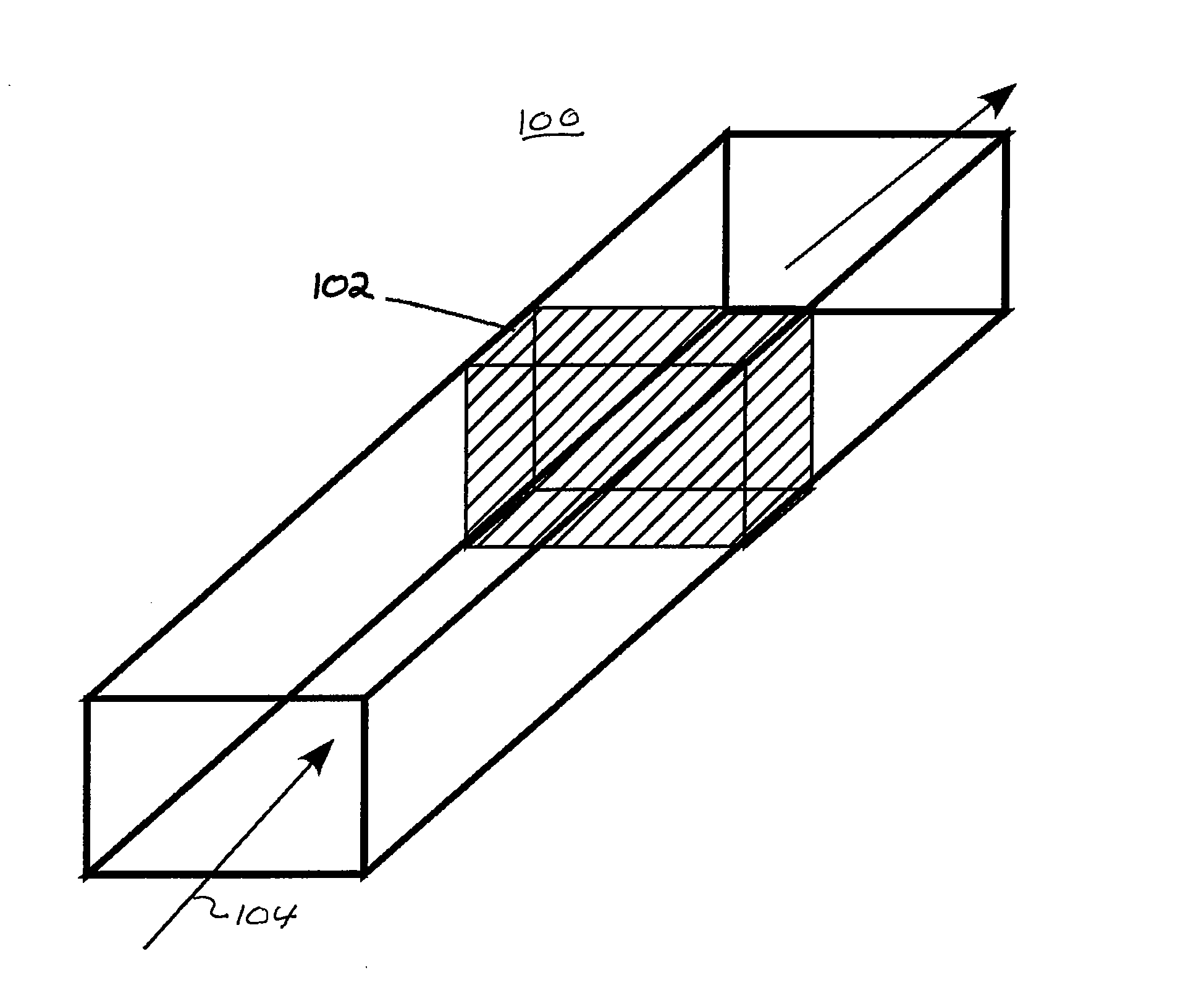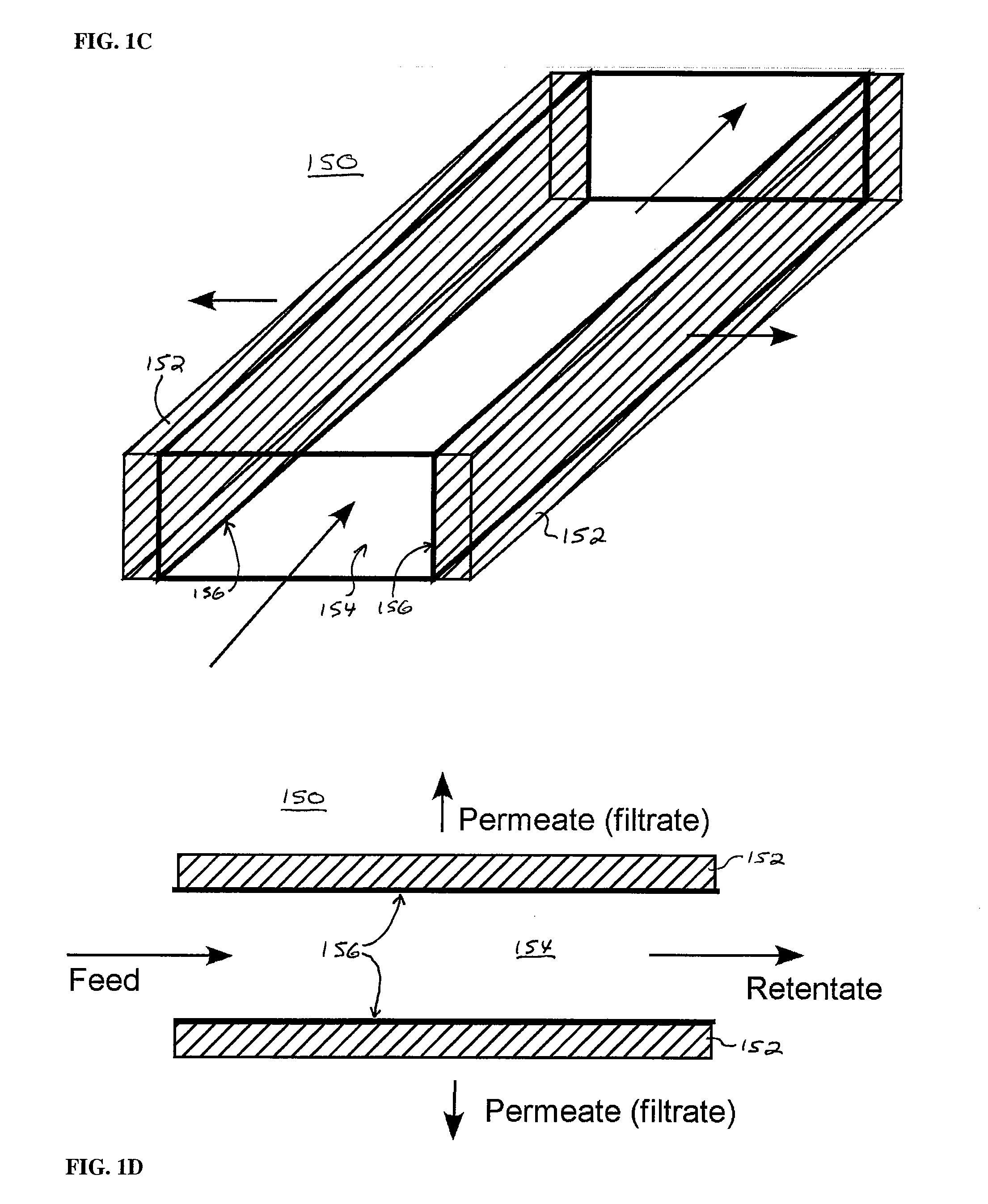Biochip for High-Throughput Screening of Circulating Tumor Cells
a tumor cell and biochip technology, applied in the field of biochips for high-throughput screening of tumor cells, can solve the problems of high velocity of flow (and also of suspended cells), and high sensitivity to deformation and damage, so as to reduce the incidence of cell lysis, reduce the direct impact of cells, and reduce the velocity of cells
- Summary
- Abstract
- Description
- Claims
- Application Information
AI Technical Summary
Benefits of technology
Problems solved by technology
Method used
Image
Examples
example 1
[0120]Embodiments in accordance with the present invention may be fabricated using a variety of methods. FIG. 12 shows a lithographic technique to directly fabricate features on such a chip. First, a photoresist is spin-coated onto a substrate and exposed to UV radiation through a photomask to transfer the pattern from the photomask to the photoresist. The substrate is then exposed to gaseous or liquid reactants to etch through the open regions of the photoresist. The photoresist is then removed and the substrate, now consisting of recessed flow channels, is then bonded to a transparent substrate to form an enclosed chip.
example 2
[0121]Alternatively a replication technique may be used to fabricate such a device (FIG. 13). A replication master with relief features is used as a mold to cast polymer against. The liquid polymer resin is dispensed onto the replication master and may be cured thermally or with radiation, depending on the initiators used. The cured resin may be removed from the master and then bonded to a transparent substrate to form an enclosed chip.
example 3
[0122]The flow profile inside an exemplary device is mapped using 100 nm fluorescent microparticles. In FIG. 14 the light streaks indicate the trajectory of the fluorescent particles. Some particles follow a bending path tangential to the filtration apertures and some traverses the filtration apertures. The intensity and density of fluorescent microparticles indicate the fluid velocity.
PUM
| Property | Measurement | Unit |
|---|---|---|
| size | aaaaa | aaaaa |
| diameter | aaaaa | aaaaa |
| velocity | aaaaa | aaaaa |
Abstract
Description
Claims
Application Information
 Login to View More
Login to View More - R&D
- Intellectual Property
- Life Sciences
- Materials
- Tech Scout
- Unparalleled Data Quality
- Higher Quality Content
- 60% Fewer Hallucinations
Browse by: Latest US Patents, China's latest patents, Technical Efficacy Thesaurus, Application Domain, Technology Topic, Popular Technical Reports.
© 2025 PatSnap. All rights reserved.Legal|Privacy policy|Modern Slavery Act Transparency Statement|Sitemap|About US| Contact US: help@patsnap.com



